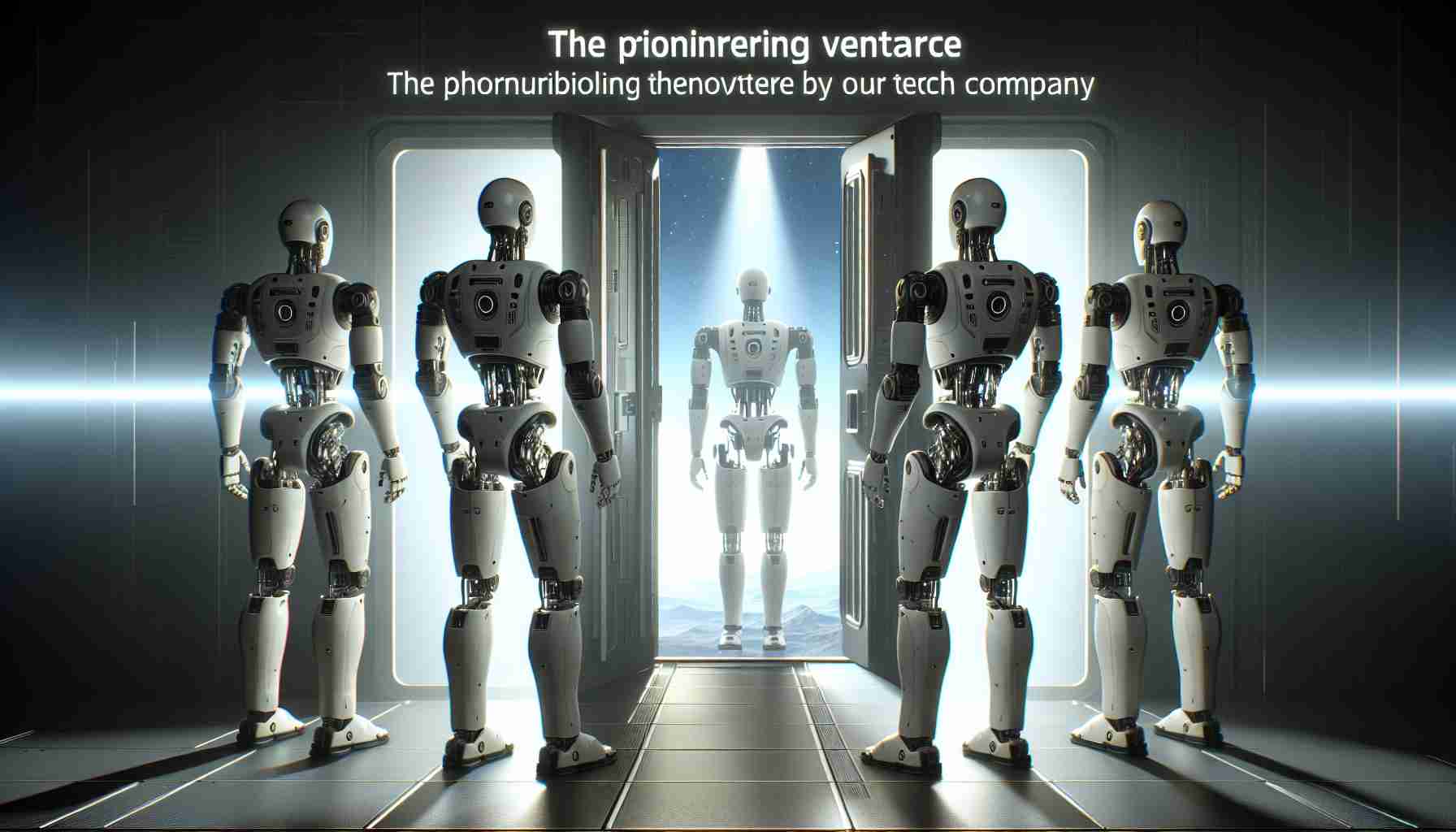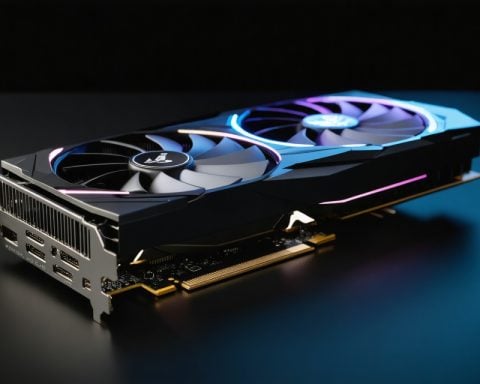- Meta enters the humanoid robotics arena, marking a new challenge for Tesla’s Elon Musk.
- Led by Mark Zuckerberg, Meta’s Reality Labs explores robotics to transform household chores and future technological landscapes.
- Using AI and advanced sensors, Meta aims to seamlessly integrate robots into everyday life, similar to the impact of Android and Qualcomm in tech.
- March Whitten, formerly of General Motors, guides Meta’s development of AI-powered robotics solutions for diverse industry applications.
- Tesla’s Optimus robot focuses on enhancing manufacturing efficiency and targets consumer entry at competitive pricing under Musk’s vision.
- The Meta-Tesla rivalry in robotics heralds an exciting race toward a future enriched by intelligent, domestic robots.
Meta, the tech giant helmed by Mark Zuckerberg, boldly steps into the world of humanoid robots, setting the stage for a thrilling technological duel with Tesla’s Elon Musk. This latest venture unfolds from Meta’s Reality Labs, a realm already pioneering virtual and augmented realities. The company’s foray into robotics aims to revolutionize how household chores are tackled while laying the technological groundwork for future advancements.
Imagine a future where Meta’s humanoid robots, armed with cutting-edge AI and sophisticated sensors, seamlessly blend into the daily routines of numerous households. The initiative is poised to catapult Meta to the forefront of robotics, much like how Google’s Android and Qualcomm’s chips dominate the smartphone landscape.
Leading this ambitious charge is March Whitten, recently at the helm of General Motors. Under his direction, Meta aims to develop a suite of AI-driven robotics solutions that can serve as a backbone for multiple industries. This strategy positions Meta to craft the essential technological framework for humanoid robots, aiming to elevate them from mere conceptual prototypes to functional household entities.
Meanwhile, Elon Musk’s Tesla continues its pursuit with the Optimus robot, promising efficiency boosts on its manufacturing lines and eyeing a consumer release at an attractive price. Musk envisions a ubiquitous robotic workforce that strengthens Tesla’s operational prowess and expands its market reach.
The evolving dynamic between Meta and Tesla promises a captivating spectacle, reminiscent of their historical rivalries. As the tech titans vie for dominance in the burgeoning field of robotics, one can’t help but wonder which vision will lead us into a new era defined by the presence of intelligent machines in daily life.
The Robotics Revolution: Meta vs. Tesla – Who Will Win Your Home?
How-To Steps & Life Hacks
Meta’s vision for humanoid robots includes transforming everyday living by handling mundane tasks. Here’s how you might integrate such robots into your life:
1. Setting Up: Upon bringing your humanoid robot home, follow the setup instructions closely to ensure it integrates with your smart home devices.
2. Customizing Tasks: Use the companion app to program household chores that the robot can take over, such as cleaning, organizing, and monitoring home security.
3. Routine Scheduling: Automate tasks by setting routines, ensuring the robot operates optimally, minimizing energy use, and enhancing your lifestyle.
Real-World Use Cases
Humanoid robots like Meta’s prototypes can potentially transform industries:
– Healthcare: Providing assistance with patient mobility and routine check-ups.
– Retail: Managing inventory, assisting customers, and even handling checkout.
– Logistics: Improving supply chain management with efficient sorting and delivery systems.
Market Forecasts & Industry Trends
The humanoid robot market is expected to grow significantly. According to a report by Allied Market Research, the global humanoid robot market size was valued at $333.2 million in 2019 and is projected to reach $3.9 billion by 2027, growing at a CAGR of 42.1% from 2020 to 2027.
Reviews & Comparisons
While both Meta and Tesla are new entrants in consumer robotics, here are some points of differentiation:
– Meta’s Robotics: Focuses on seamless home integration with AI capabilities derived from its expertise in VR/AR.
– Tesla’s Optimus: Aims for affordability and utility on manufacturing lines, leveraging Tesla’s prowess in automation and AI.
Controversies & Limitations
The rise of humanoid robots brings about several controversies:
– Privacy Concerns: With advanced AI and sensors, data privacy becomes a critical issue. Transparency on data usage is required.
– Job Displacement: As robots take over tasks, the workforce may face significant changes.
Features, Specs & Pricing
While specific specs for Meta’s robots remain under wraps, we can anticipate:
– AI-Driven Capabilities: Leveraging Meta’s expertise in AI to offer smart task handling.
– Pricing: While pricing is not detailed yet, expect a premium range for cutting-edge technology, likely driven by their advanced AI integrations.
Security & Sustainability
Security measures need to be robust to protect against hacking, ensuring user data and operation remain uncompromised. Sustainability initiatives could include energy-efficient operations and recyclable materials.
Insights & Predictions
Both Meta and Tesla will play pivotal roles in shaping the future of robotics. Meta may lead in household integration due to its expansive ecosystem, while Tesla might excel in industrial applications given its existing infrastructure.
Tutorials & Compatibility
Meta will likely offer comprehensive tutorials to maximize robot utility and ensure compatibility with its suite of technologies, including the Oculus platform and smart home devices.
Pros & Cons Overview
Pros:
– Increased productivity and efficiency.
– Potential for advanced AI-driven capabilities.
Cons:
– High cost of entry.
– Privacy and security concerns.
Actionable Recommendations
1. Stay Informed: Follow industry news to keep abreast of new developments in robotics by Meta and Tesla.
2. Be Cautious with Data: Ensure any robotic device’s privacy settings are thoroughly configured to protect personal data.
3. Anticipate Change: Prepare for potential shifts in job markets and consider skills in automation and robotics.
For more information on Meta’s technological advancements, visit Meta. To explore Tesla’s innovations, check out Tesla.


















